Save valuable production time with the efficiency of laser cleaning
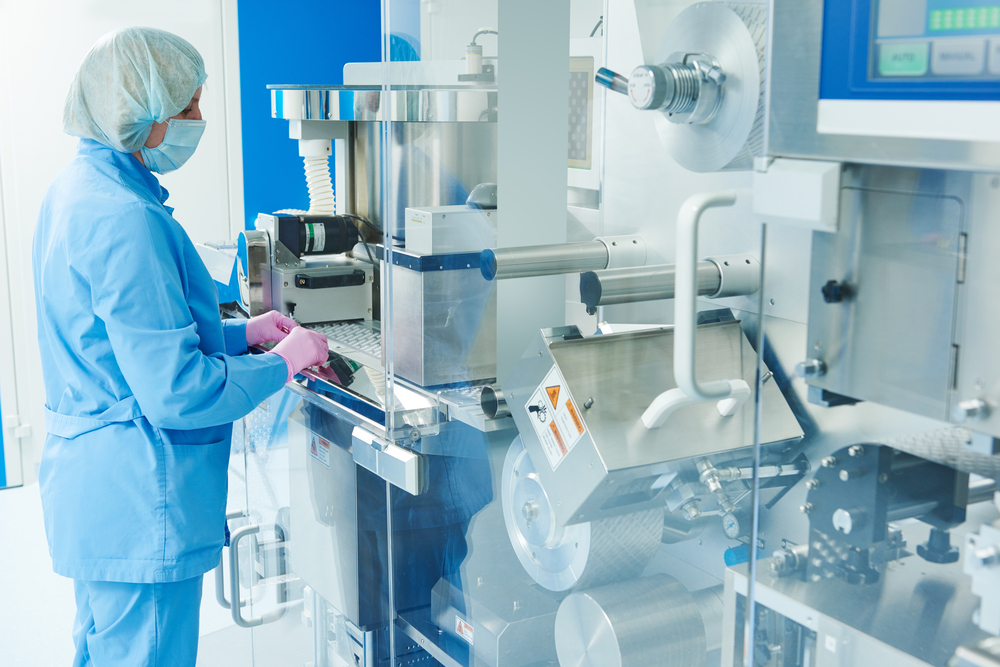
✔️ Reduce downtime for production
✔️ A high degree of cleanliness
✔️ Improve supply assurance
✔️ Reduce cost of cleaning
The laser beams of the cleaning machine make a difference between, for instance, the reactor vessel and the pollution, up to a molecular level. This has 2 reasons: the pollution has a different, lower ablation temperature than the vessel itself. With the right setting of the laser pulse, this will lead to an immediate evaporation of the pollution, while the underlying material stays undamaged and hardly heats up.
Secondly, the surfaces that need to be cleaned are usually in a light color and/or from metal, making the laser beams reflect on them. This reflection means that the metal doesn’t absorb any energy from the laser beam. With the pollution this is the case because it’s usually not reflective so it absorbs the energy of the laser beams, causing it to heat up and evaporate. This effect takes place up to a molecular level. Next to certain chemical cleaning techniques, laser scanning is the only one that can give you this guarantee. That’s why we dare to say that laser cleaning provides 100% cleaning.
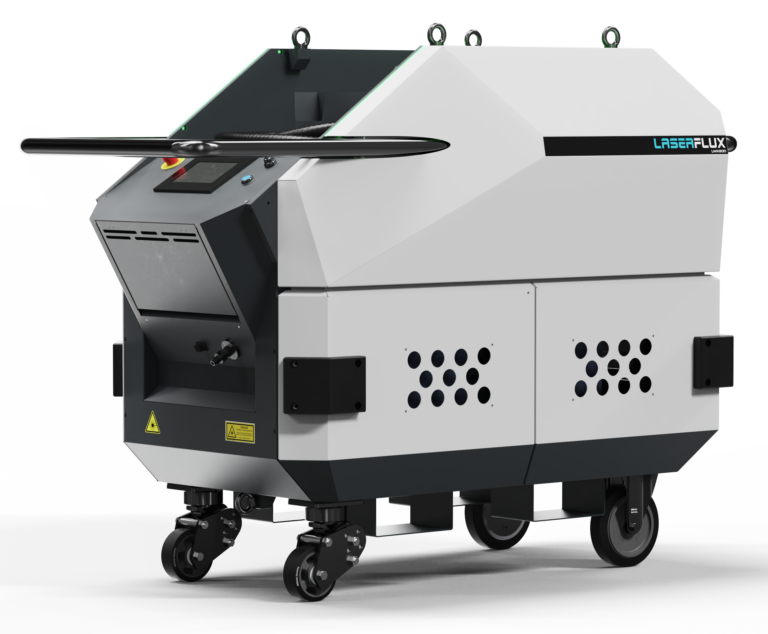
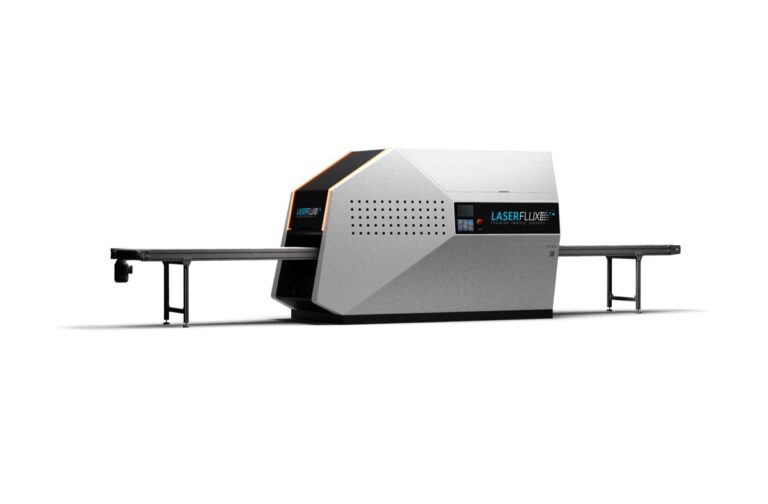
Laser Cleaning Machines are easy to use and require little training. Very suitable for separate cleanings. But did you know that it’s also possible to install a laser cleaning installation into your production line? This is done, for instance, for the permanent cleaning of rolls and molds. Like this, you can produce 24/7 without having to stop. And there will also be no gradual decline in product quality, because your molds will be 100% clean all the time.
Besides, we also have an interim solution where we mount a robotic arm onto a mobile laser cleaning machine. This can then be easily moved around between different projects for an automated cleaning. And for separate jobs, you simply take the laser gun from the robot and perform a manual cleaning. It doesn’t get much more flexible than that…
There is no risk of shining too long in one spot with the laser gun. Once we’re through the pollution, you could shine on the surface for hours and nothing will happen. That’s because there’s no pollution anymore that absorbs the energy of the laser beams.
The laser beams will then just reflect on the metal without any effect. With other cleaning techniques, this is the case, which can lead to uneven wear and zones that are more sensitive to dirt accumulation than others. Or you don’t blast long enough on a zone, making it not completely clean. Neither one of these situations is desirable.
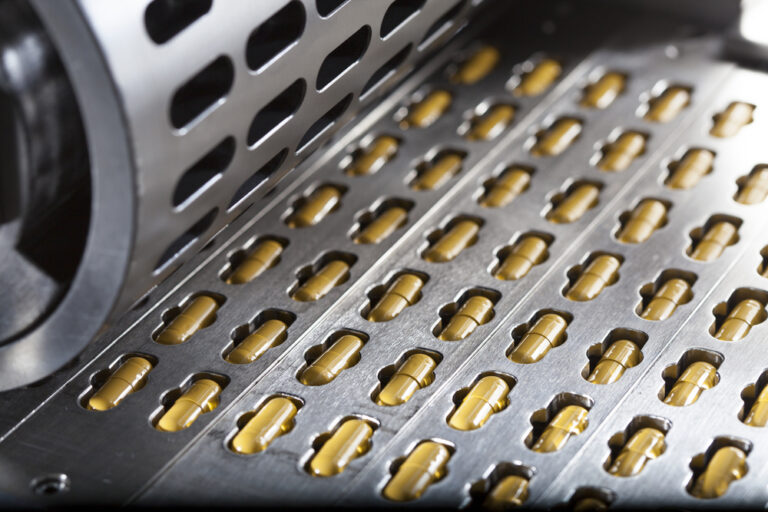
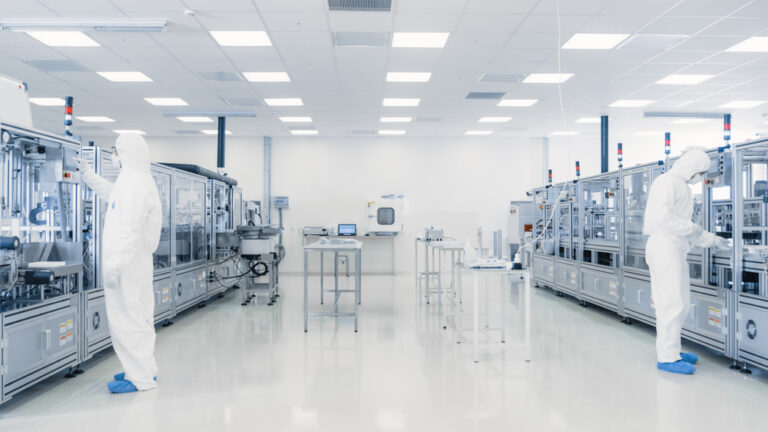
As mentioned before, the pollution evaporates with laser cleaning. But we obviously don’t want that these vapors or dust particles disappear into the environment. The Laserflux machines are equipped with a special extraction that not only extracts every vapor or dust particle, but also ensures, via compressed air injection, that no particles can settle inside the laser gun and cause cross-pollination like this. The extracted air goes through various filters, one of them is an active carbon filter and another one of them is a HEPA filter. The residual air is filtered up to a pharmaceutical level.
Do you have specific requirements about the filter level and the collection of the removed pollution? Discuss this with us. We can add extra filters or specific separation systems to our extraction, in the fixed installations as well as in mobile devices. You also don’t have to worry about noise pollution. Laser Cleaning is very quiet because we only work with light. The only noise you’ll hear is the evaporation of the pollution and the noise of the extraction.
We are often asked about which parts are suitable for laser cleaning, by the pharmaceutical sector. The answer to that is very simple: any part, barrel, tank, etc. where we can reach a distance of 10 – 20 cm with the laser gun and that meets the following requirements:
It must be able to withstand a temperature of 100°C. The underlying material can’t be black, because then the workpiece itself will absorb the heat.
This brings us to most metal parts (the sort of metal doesn’t matter) and a bunch of plastics. Some examples of components that are very suitable:
Reactor vessels, agitators, extrusion screws, air treatment, systems, storage tanks, tools, molds, presses, rolls and conveyors.

Interested in laser cleaning? Experience a free demo at our demo center to see all the advantages of laser cleaning for yourself.